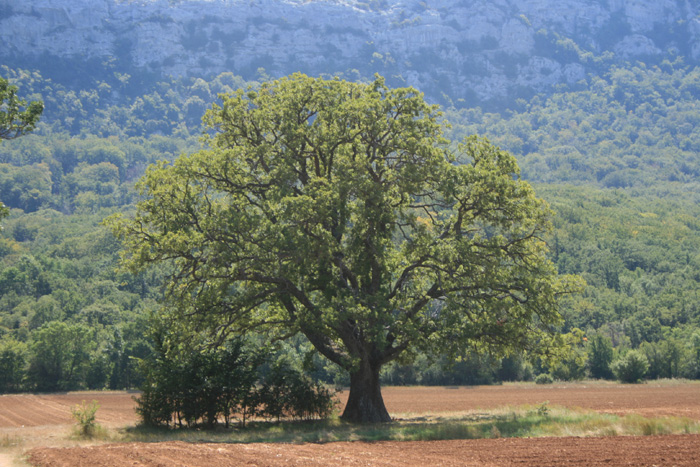The Maremma is the perfect choice for the romantic traveller. It offers a mixture of ancient civilizations, enduring local traditions, lush landscapes and numerous nature reserves.
The North Maremma region of Tuscany offers a harmonious balance of sea, mediterranean forest and of the gentle Tuscan hills cultivated with vinyards and olive groves.
is immersed in the countryside and it is surrounded by high chestnut trees and the wooded hilly countryside of the Maremma.
Podere Santa Pia is a large old rambling Tuscan farmhouse, is immersed in the wooded hilly countryside of the Maremma. Sante Pia is surrounded by a spacious garden with typical local herbs and furnished outdoor spaces; it is ideal for tranquil holidays in the tuscan countryside.
The panorama is extraordinary, silent, including the intense green of the fields at springtime, the golden yellow in summer and the brown in autumn interrupted by the evergreen of the mediterranian woods.
The Thyrrenian mixed oak forests are characterized by the predominance of mixed sclerophyllous evergreen oak (Quercus ilex, Q. suber) and deciduous (Quercus pubescens, Fraxinus ornus, Ostrya carpinifolia) species.
Beyond Castiglincello Bandini, in the Poggio all'Olmo Nature Reserve, there is the charming and ancient forest with various species of ancient oaks and chestnut trees, with the possibility to see wild boars and deers.
The Downy Oak or Pubescent Oak
|
| Quercus pubescens, the Downy Oak or Pubescent Oak, is an oak in the white oak section of the genus, Quercus sect. Quercus. It is native to southern Europe and southwest Asia, from northern Spain (Pyrenees) east to the Crimea and the Caucasus. It is also found in France and parts of central Europe.
Habitat
Downy Oaks typically grow in dry, lime-rich soils. It is a submediterranean species, growing from the coastline to deep in the continent. Its optimum is in the submediterranean region, characterized by hot dry summers and cold winters with little rain fall. In western and central Europe, Downy Oak is confined to areas with submediteranean microclimate (gorges, sandplains, steppe slopes) or to coastlines of former lakes.
Description
Quercus pubescens is a medium-sized deciduous tree growing up to 20 m. Forest-grown trees grow tall, while open-growing trees develop a very broad and irregular crown. They are long-lived, to several hundred years, and eventually grow into very stout trees with trunks up to 2 m in diameter. Open-grown trees frequently develop several trunks. The bark very rough, light grey and divided into small flakes. Large trees develop very thick whitish bark cracked into deep furrows, similar to the Pedunculate oak but lighter in colour.
The twigs are light purple or whitish, tomentose. The buds are small (3-6 mm) and blunt, light brown. The leaves are leathery usually 4-10 cm long (rarely to 13 cm) and 3-6 cm wide, usually widest beyond the middle. The leaves group at the ends of twigs. The upper leaf surface is dark green and rough, the lower light green. Both leaf surfaces are covered with minute pubescence which is sometimes lost in older leaves by late summer. The young expanding leaves are whitish or pinkish with very soft tomentum. The leaf shape is very variable, divided into 3-7 pairs of deep or shallow lobes, which are usually divided into a few sublobes. The lobes are usually blunt, rarely sharp. The apex is usually wide and round. The base of the leaf is heart shaped, widely rounded or sometimes pointed. The petioles are 4-15 mm (rarely to 22 mm) long, stout and pubescent. The leaves are persistent late into the autumn, remaining green up to early winter. They eventually turn russet or brown and fall off.
The Quercus pubescens acorns are light brown to yellow, 8-20 mm long, usually thin and pointed. The acorn cups are light grey to almost white, with pointed, overlapping scales, covered with tomentum. The acorn stalks are thick and pubescent, up to 2 cm long. The acorns usually occur in groups of 2-5 on the same stalk.
Subspecies
Three subspecies are accepted by Flora Europaea:
Quercus pubescens subsp. pubescens – central and southern Europe.
Quercus pubescens subsp. anatolica O.Schwarz – southwest Asia, southeast Europe.
Quercus pubescens subsp. palensis (Palassou) O.Schwarz – northern Spain, Pyrenees.
|



